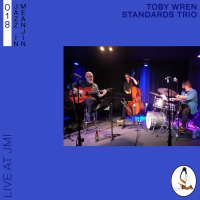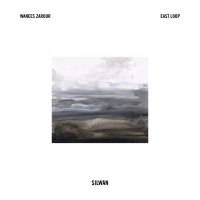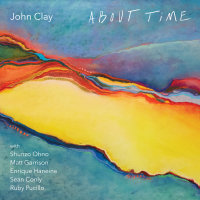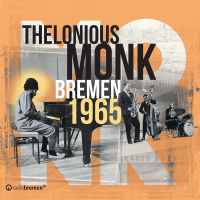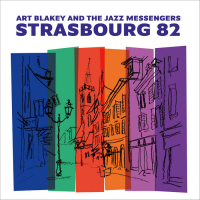Home » Jazz Articles » Album Review » Orquestra Popular de Camara: Orquestra Popular de Camara
Orquestra Popular de Camara: Orquestra Popular de Camara
Not so the Orquestra Popular de Camara who, by combining native instruments like bandolim, bamboo flute and a variety of percussion instruments with the less conventional cello and viola, create an intriguing blend of textures that is refreshingly different while, at the same time, maintaining complete authenticity.
Orquestra Popular de Camara is a wholly original work by a group of musicians who forsake individuality to create a unique group sound that blends instruments from the rainforests of Brazil with more conventional instruments like piano, saxophone and bass. The Orquestra's complete lack of ego is what makes it work. While the ensemble numbers thirteen players, it is rare that everyone is in the pool at once. Instead, piano and cello combine with berimbau in a chamber-like setting, creating a peaceful ambience at the beginning of “Suite para Pular Cama (Ever o Brasil) that leads into a Gismonti-informed folk-like passage featuring bandolim, piano, percussion and flute. Monica Salmaso’s wordless vocals lend an ethereal quality to “Bayaty,” by Azerbaijani composer Eldar Mansurov, another piece which begins in a tranquil fashion, only to segue into a relaxed but poignant movement where voice and flute combine seamlessly.
The overall ambience of Orquestra Popular de Camara is one of folk-like elegance. Individual players are given brief opportunities to solo, often-times in the form of a dialogue with another instrument, sometimes combining in ways that sometimes blur the boundaries between them. Cello and accordion combine in a duet at the beginning of “Parafuso,” creating a new and distinct texture. One of the outstanding characteristics of the recording is, in fact, how the various instruments are blended to create timbres that are organic yet strangely new.
Moving, texturally rich, filled with unique takes on common forms that are both challenging and completely accessible, Orquestra Popular de Camara manages to bring a vital new slant to the popular Brazilian folk form. Not quite folk, not quite jazz, not quite classical, it is difficult to pigeon-hole, but in the final analysis its sheer elegance and deep expression make it an album well worth investigating.
Track Listing
Bayaty; Vinheta Espanha ou do Agreste?; Parafuso (Screw); Choro Moreno (Dark Skinned Choro); Gaucho - Corta Jaca (Gaucho - Cut Jackfruit); Choreto; Suite para Pular Cama (Ever o Brasil)
Personnel
Teco Cardoso (flute, saxophone, bamboo flute), Mane Silveira (flute, saxophone), Monica Salmaso (voice), Ronem Altman (bandolim), Paulo Freire (country viola), Toninho Ferragutti (accordion), Dimos Goudaroulis (violincello), Lui Coimbra (violincello), Benjamin Taubkin (piano), Sylvinho Mazzucca Jr. (bass), Caito Marcondes (percussion), Zezinho Pitoco (percussion), Guello (percussion)
And special guest Nana Vasconcelos (percussion)
Album information
Title: Orquestra Popular de Camara | Year Released: 2004 | Record Label: Adventure Music
Tags
PREVIOUS / NEXT
Support All About Jazz
 All About Jazz has been a pillar of jazz since 1995, championing it as an art form and, more importantly, supporting the musicians who make it. Our enduring commitment has made "AAJ" one of the most culturally important websites of its kind, read by hundreds of thousands of fans, musicians and industry figures every month.
All About Jazz has been a pillar of jazz since 1995, championing it as an art form and, more importantly, supporting the musicians who make it. Our enduring commitment has made "AAJ" one of the most culturally important websites of its kind, read by hundreds of thousands of fans, musicians and industry figures every month.









